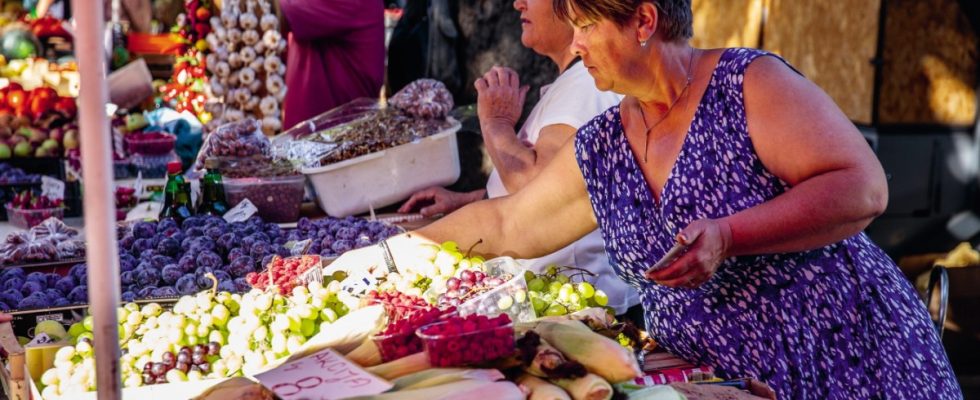The tip comes a little late, now that spring is beginning: Georges Desrues recommends visiting Istria in winter several times. Because then the peninsula is not overcrowded and unfolds its very own charms. But if the author of the book “Istria and Rijeka for advanced learners” has his way, then one visit is not enough anyway. Anyone who lets himself be taken over by Istria, and that’s easy, will always come back. And in every season.
You don’t have to have been to Istria yourself to get a lot out of this travel book. Desrues assumes little and cautiously approaches the peninsula, first of all stepping back a few steps. In Istria, the European history of the 20th century is reflected like in only a few other regions. Croatia, Slovenia and Italy border here today. But there have been a number of other states to which Istria or parts of it and the neighboring cities of Rijeka and Trieste have belonged over the past 120 years.
Istria is characterized by the dynamics of a coexistence and simultaneous conflict between nations and ethnic groups. A new chapter in Istrian history was opened by the collapse of communism and the violent disintegration of Yugoslavia. The preliminary high point of the positive development since then is the admission of Croatia to the Schengen area at the beginning of the year and the simultaneous introduction of the euro. Georges Desrues writes somewhat pathetically that the last state border that still ran through Istria has fallen. In fact, of course, this is not correct, the state borders between Croatia and Slovenia as well as Slovenia and Italy still exist. But they are hardly noticeable in everyday life and henceforth make many things easier in Istria.
Fishermen in the Kvarner Bay.
(Photo: Georges Desrues)
This recent history should be kept in mind to understand that many developments on the peninsula are just beginning. This also applies to tourism and the remarkable culinary art, which is subject to dynamic processes of change. This can be seen very well in viticulture. It has a long tradition in Istria, which is now partially referred to again. In Yugoslavia, winegrowers were allowed to keep part of their harvest, so they didn’t have to give all the grapes to the cooperatives. However, they were not allowed to bottle and sell their own wines, they were intended for their own use or – in larger containers – for the local gastronomy.
In this way, old methods of vinification have been preserved, which are now being used again in the production of natural wines, for which Istria is now well known. First of all, however, the winegrowers took a detour and expanded the local Malvasia grapes in such a way that the wines with intensive aromas of tropical fruits were reminiscent of the Sauvignon Blancs from southern Styria.
In the meantime, however, more and more winegrowers are realizing that they have to go their own way in order not to become interchangeable with their products. And this individual style is inherent in the grape itself: “Real Malvasia does not smell and taste like tropical fruits and elderflowers, but much more like grasses, herbs and much more discreetly citrus fruits. In general, we are talking much more about a mineral and not of an aromatic variety,” says winemaker Denis Bernobić, who is visited by Georges Desrues.
Olive harvest in Istria.
(Photo: Georges Desrues)
Producers are also going their own way with olive oil. Here, as a result of an integration effort, there is a common protected designation of origin shared by Croatia and Slovenia: Istra DOP. Only Italy continues to have its own, Tergeste DOP. There, high quality olive oil has also continuously played a role, unlike in Yugoslavia. Production in today’s Croatia and Slovenia was only revived with support from the Food and Agriculture Organization of the United Nations. Olive oil has long been an incentive for tourism and also a remedy against rural exodus.
After all, it is culinary art and tourism that Georges Desrues brings together in his book. In addition to wine and oil, it is also about air-dried ham and craft beers, truffles, fish and seafood, and restaurant visits. Later the author takes two more strolls through the city, through Pula and Rijeka. But it is more exciting when Desrues turns to food and beverages.
Georges Desrues: Istria and Rijeka for advanced learners. Styria Verlag, Vienna/Graz 2023. 192 pages, 29 euros.

